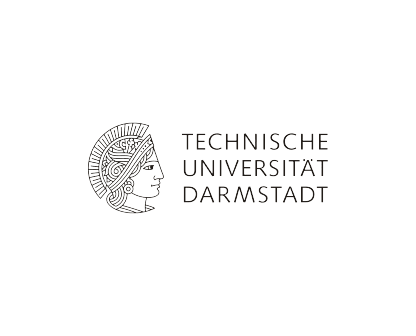The ACES framework has the ambitious aim to revolutionize distributed cloud computing through advanced Machine Learning (ML) and Artificial Intelligence (AI) techniques. As far as ML and AI in ACES are concerned, we have identified three fundamental fields of application:
- Predicting Future Demands: The AI/ML tools will allow the ACES framework to predict future user needs by learning from past trends. Imagine a smart assistant that studies historical data to understand user behavior patterns. With this knowledge, the system can anticipate peak usage periods, ensuring that resources are ready and available when demand spikes.
- Adapting in Real Time: In a rapidly changing environment, flexibility is crucial. The ACES framework uses AI to monitor changes and adjust resource allocation accordingly. For instance, if there is a sudden increase in demand due to a popular event or a global trend, the system automatically scales up resources to meet this need, ensuring users continue to have seamless access to services.
- Filtering Meaningful Data: With so much information being collected by sensors, not all of it is relevant. The ACES framework smartly filters out the noise, focusing on the data that matters most. This reduces unnecessary processing and ensures that only actionable insights are gathered, helping organizations make better decisions.
More specifically, it is worth highlighting how, in ACES, there was a need to somehow simplify the complexity of a system comprised of numerous heterogeneous agents attempting to solve different tasks simultaneously, with shared resources, while being prone to potential malfunctions or security breaches. The key to modeling such a complex system and making it possible to use ML for predictions and estimates was to employ what is known as black box learning.
The idea behind black box learning is to avoid describing the behavior of a complex system directly, and instead, replace it with a surrogate or approximation that is easier and more efficient to analyze using only a few observed samples. Our approach in ACES is to build this surrogate through a combination of Bayesian learning and so-called acquisition functions, enabling an approximation that is faithful to the original system while providing a clear indication of estimation uncertainty (i.e., in order to fight the exploration-exploitation dilemma), see the Figure for few more details.

The figure shows an example of a complex function (blue line), sampled at few points (blue circles) and approximated by a Bayesian surrogate (green line) plus an acquisition function (yellow line). The minimum of the acquisition function (yellow rhombus) coincides with the point where the exploration is maximized.
From experiments conducted on benchmark problems, we have already verified that our method can closely approximate complex cost functions and can adapt to environmental changes quickly by acquiring only a few additional new samples.






0 Comments